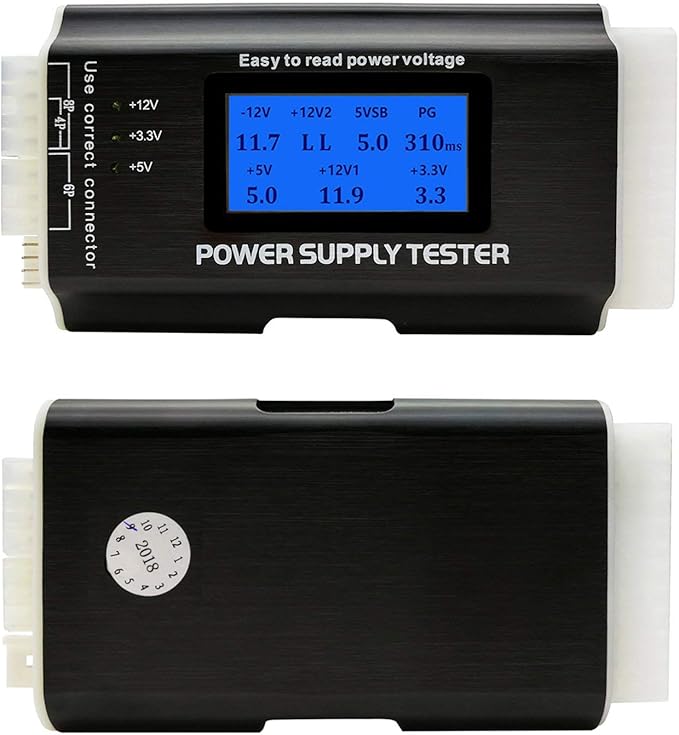Understanding Grounding Methods in Low-Voltage Power Distribution Systems for Computer Rooms: IT, TT, and TN Systems
In low-voltage power distribution systems, grounding methods play a crucial role in electrical safety. These methods—IT, TT, and TN—determine how electrical equipment is grounded and connected to the power supply. Below is a detailed explanation of these three grounding systems, their characteristics, and their applications, especially in computer rooms and similar environments.
What Do the Letters “I”, “T”, “N” Mean?
- The first letter (I or T):
- T: One point of the power supply terminal is directly grounded.
- I: All live parts of the power supply terminal are either ungrounded or grounded via an impedance.
- The second letter (T or N):
- T: The exposed conductive parts of electrical devices are directly grounded, with the grounding point independent of the power supply terminal.
- N: The exposed conductive parts of electrical devices are connected to the grounding point of the power supply terminal.
Types of Grounding Methods: IT, TT, and TN Systems
1. IT System (Isolated System)
In the IT system, the neutral point of the power transformer is either not grounded or grounded through high impedance. The electrical equipment’s enclosure is protected by a dedicated protective ground.
- Applications: This system is ideal for environments where one-phase grounding or the risk of fire and explosion is high, such as in high-voltage systems (10KV or 35KV) or in mining and underground operations. However, it is generally unsuitable for construction sites.
- Limitations: The IT system is not suitable for sites requiring zero-break protection devices, as the neutral line’s potential is not fixed under normal operation.
2. TT System (Terra-Terra)
In the TT system, the neutral point of the power transformer is grounded, and the electrical equipment’s metallic shell is directly grounded, with a grounding point independent of the power supply terminal.
- Advantages:
- Safety: If a single-phase fault occurs, the fault current is higher, making it easier for leakage protectors to act quickly and reduce the risk of electric shock.
- Simple Installation: The line layout is clear, making it easier to avoid misconnections. It is also beneficial for large construction sites with multiple units and sub-units.
- Cost Savings: No need for repeated grounding for each electrical device, reducing installation costs and improving grounding quality, ensuring resistance remains ≤10Ω.
3. TN System (Terra Neutral)
In the TN system, the neutral point of the power transformer is grounded, and the exposed parts of the electrical equipment are connected to the neutral wire. The system also features a protective zero line (PEN) that combines the working neutral and protective earth lines.
The TN system can be divided into several subtypes based on the combination of the neutral and protection lines.
- TN-C System (Combined Neutral and Protective Earth Line):
- Characteristics: The neutral point is grounded, and the neutral line (N) is shared with the protective earth line (PE), creating a single PEN line.
- Challenges: If the three-phase load is unbalanced, the PEN line may carry unbalanced currents and harmonics, leading to dangerous voltages on the neutral line (N), potentially electrifying equipment casings.
- Limitations: This system is vulnerable to misconnections, particularly when connecting single-phase devices to a two-pole leakage protection switch, which can be hazardous.
- TN-S System (Separate Neutral and Protective Earth Line):
- Characteristics: In the TN-S system, the neutral line (N) and the protective earth line (PE) are entirely separate, forming a three-phase five-wire system.
- Advantages:
- When the equipment phase line touches the casing, an overcurrent protection device will disconnect the power supply.
- In the event of an N line disconnection, the system prevents dangerous voltages on the equipment casing, offering enhanced protection.
- Applications: This system is preferred for industrial settings and large civil buildings due to its higher safety standards.
- TN-C-S System (Combined Neutral and Separate Protective Earth Line):
- Characteristics: This system combines the TN-C and TN-S systems, where the neutral and protective earth lines are shared up to a certain point, after which they are separated.
- Applications: The TN-C-S system is often used in construction sites where the transformer is located far from the site or no dedicated transformer is available.
Recommended Grounding System for Construction Sites
Among the three systems—IT, TT, and TN—the TN-S system is generally recommended for construction sites due to its enhanced safety features. The TN-C-S system may still be used, but the TN-C system should be avoided due to its safety risks.
Conclusion
Understanding the different grounding systems—IT, TT, and TN—is essential for ensuring the electrical safety of low-voltage power distribution systems, especially in sensitive environments like computer rooms and construction sites. Proper selection of the grounding system, based on factors like load balance and safety requirements, can significantly reduce the risk of electrical accidents and equipment damage.

